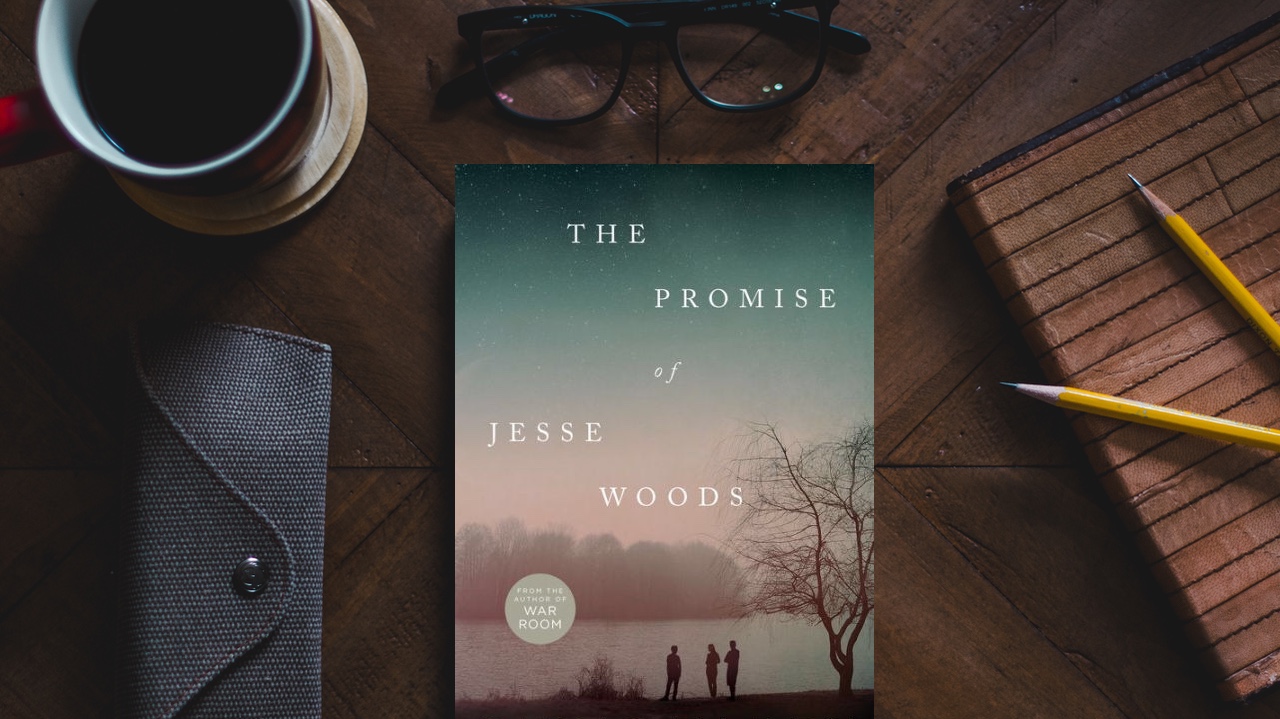He loved her. She loved him. He was a preacher’s kid. She was a girl who needed help. The book seemed like a straightforward Appalachian love story. Then it happened. After that moment, the promise of a future together vanished.
But he never learned what “it” was.
Years later, Jesse Woods becomes engaged to someone else. Matt Plumley still loves her. And he’s ready to find answers. What happened that fateful night? Why did she turn away from him? And can he stop her from making the wrong decision before it’s too late?
The Promise of Jesse Woods by Chris Fabry won the Christy Award and Christianity Today’s Award of Merit in 2017, and for good reason. The story vividly captures the unique setting of rural Appalachia and asks a number of thought-provoking questions about our ability to save others. Although the ending left me a bit unsatisfied, the novel understood the purpose of Christian fiction. It isn’t for unbelievers—it’s primarily to help believers reflect on the moral quandaries of the Christian life. The novel led me to consider unhealthy habits in my own life and reminded me what a true Christian walk looks like.
From a storyteller’s perspective, the novel makes some interesting choices. The first and most obvious is alternating storylines between Matt’s current life and his past ten or so years ago when he met Jesse. This is a risky move. Alternating storylines can be tricky if readers are more invested in one storyline than the other. When time-hopping occurs as well, the storyline of the past can seem unimportant because its events are unchangeable, unlike the storyline of the present.
Fabry avoids these dangers by asking the same plot-driving question in both storylines: what pushed Jesse away from Matt? As we witness what happened in the past to sever their relationship, the protagonist searches for clues from his vantage point in the present. By using these alternating storylines as two different perspectives on the same narrative question, Fabry successfully tells his story without either storyline feeling extraneous or boring.
Fabry’s second interesting choice concerns the story’s message. Without revealing any spoilers, the story takes intriguing thematic turns that I didn’t expect and confronts the protagonist and readers with uncomfortable questions. Some of the questions regarding our ability to save others are ones I’ve heard unbelievers throw at Christians. Fabry effectively conveys the power behind these questions, and at times I forgot I was reading a work of “Christian fiction.”
Like any good Christian storyteller, Fabry answers these questions fairly biblically in the ending. Yet, although I believe the message is biblical, it’s disconcerting. And it isn’t the type of answer I’ve normally seen in fiction. This may cause the ending to seem unsatisfying to some readers, because Fabry intentionally evades certain fictional tropes to make his point. But it gives readers a lot to chew on.
Overall, The Promise of Jesse Woods is an admirable piece of Christian fiction that aims to unpack questions Christians wrestle over. For writers, it offers great examples of how to master alternating storylines and write themes and messages that meet Christian readers where they’re at. Whether you’re a reader seeking an entertaining, meaningful Christian novel, or a writer looking for an interesting piece of fiction to study, Fabry’s work fulfills both expectations.


What would you say the age for this is? As in, the youngest you would recommend reading this? @aratrea
Hmm… I think it all depends on interest. There isn’t anything in the book that would cause me to steer younger readers away from it, but younger readers probably won’t be as gripped by it. Maybe 15?